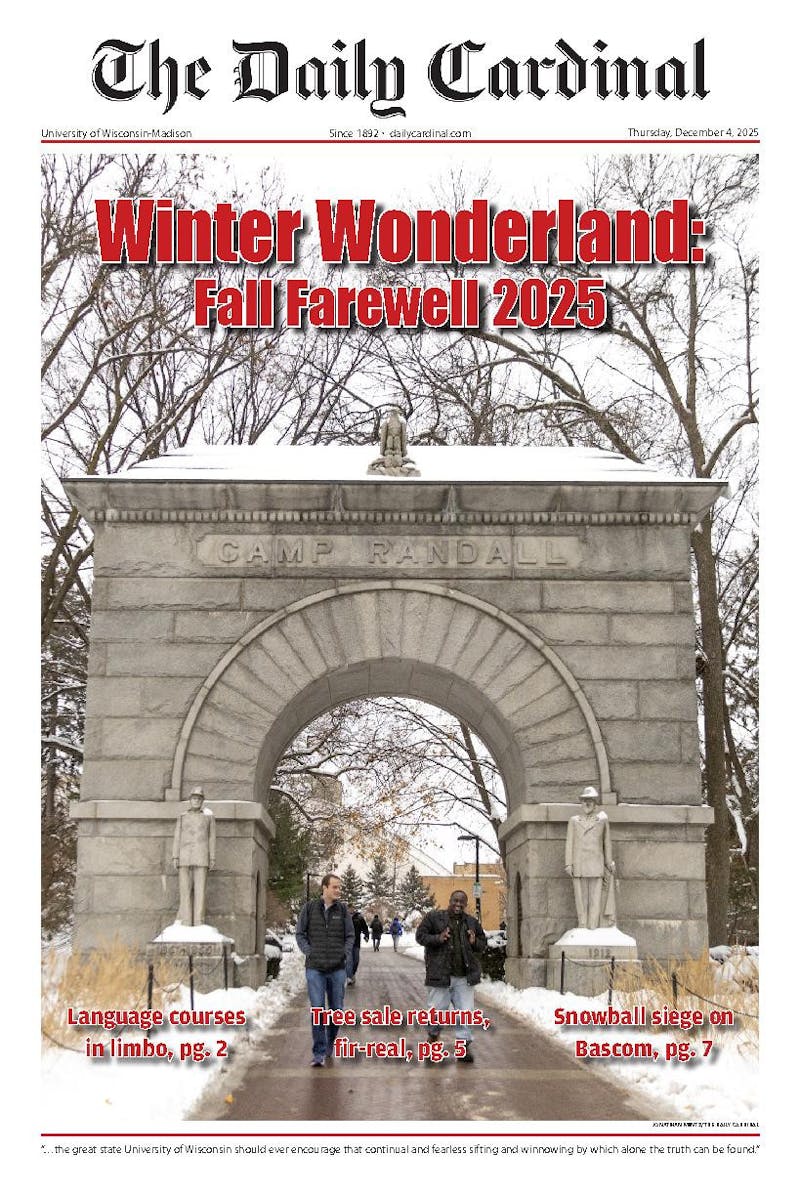If it arrives on schedule, Mayor Dave Cieslewicz's inclusionary zoning proposal will be brought before the Common Council for a vote on Dec. 2. Affordable housing was one of his biggest campaign issues while running for office last spring, and this is his first step toward correcting the city's housing shortage.
Cieslewicz has worked steadily on the proposal since taking office, and while it has undergone some compromise and amendment, the issue is ready for presentation. Ald. Brenda Konkel, District 2, tenant advocate extraodinaire, has signed onto the newly revised proposal, dropping her own. That leaves three plans on the table: the mayor's, the Housing Committee's and the one from Smart Growth, a developers group.
The comprehensive proposal Cieslewicz released a week ago will still ensure the entry of several hundred more units of affordable housing onto the Madison market every year. Modified from the original, it makes some concessions to developers but not enough to seriously hinder its purpose. The minimum development size required to bring a project under its sway was raised from five units to ten, so projects will be given faster review processes, and narrower-than-standard roads and sidewalks will be allowed. Probably the largest concession is property that does not sell can have its price incrementally raised (10 percent of area median income every 90 days) to
ormal"" market value. Though given that affordable housing units can be built smaller than those surrounding them, a price increase wouldn't seem to be a sales booster, even if the unit is available to those with higher incomes.
Other than the minimum development size, the numbers stay pretty much the same. Fifteen percent of units within ""for sale"" developments or rental units which require a zoning map amendment, subdivisions or land division must be affordable according to precisely laid out standard. Affordable housing will be available to renters who make either 40 or 50 percent of area median income, with rent set at no more than 30 percent of that. For sale units, the income range jumps up to 60 and 70 percent. If these requirements had been in place, perhaps some of the units springing up all over downtown would have been within a more reasonable price range for students.
In the campus area, including the near east and west sides of downtown, the housing market is flooded. This hasn't stopped landlords from raising rents for next year. The high vacancy rate is a problem across the city, and some have argued against inclusionary zoning because of it. But if the empty apartment is in a luxury facility, its availability matters little to the 23,000 households that could potentially benefit from affordable housing. The vacancies certainly haven't resulted in lower rents. Especially among the larger companies, it seems they would rather leave units empty than lower their cost.
It's disheartening to hear developers whine about the money they'll be losing on their units if forced to include affordable housing in projects. They are not operating on particularly low margins, and while it may be disappointing to their bank accounts that they're receiving a profit reduction, the majority of them will still make money most ordinary people can't imagine. There is a reason real estate developers are often millionaires.
The suburbs have allowed Americans to segregate themselves with disturbing ease. The middle class and affluent fled the city centers and did not have to worry about the less fortunate on a daily basis, because they were no longer visible. As gentrification once again makes the downtowns desirable locations, they build expensive condos and complexes that allow the same isolation. The blue collar and working class who will benefit from inclusionary zoning are no less deserving of living in the new units in desirable areas, and developers have shown they will not cater to that market unless forced to. If they did, there would not be thousands of households in Madison who will benefit from the proposal.
It's wonderful to see politicians keep their campaign promises. Cieslewicz has had to modify his original proposals, but the spirit of what he is trying do accomplish has not been lost. By trying to work with developers and housing advocates, his ability to compromise should bring inclusionary zoning into law without too many bent noses. Smart Growth needs to acknowledge that compromise: Cieslewicz has modified his plan, so they should be willing to work within a few constraints they find displeasing.
In the end, the question is not will there be affordable housing in Madison, but what the details surrounding it will be. The citizens of Madison deserve access to affordable housing and business interests need to accept there may be something more important than slightly lowered profit margins. When inclusionary zoning comes before the Common Council for a vote, Cieslewicz's amended proposal should be the one the alders approve.
Jessica Rane Gartner is a senior majoring in history and political science. You can e-mail her at opinion@dailycardinal.com





